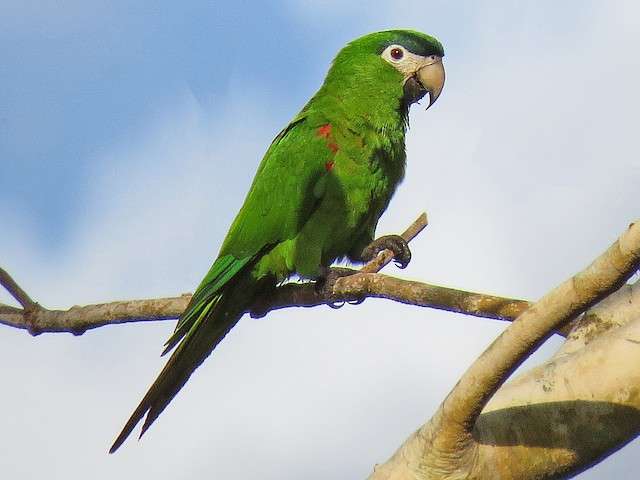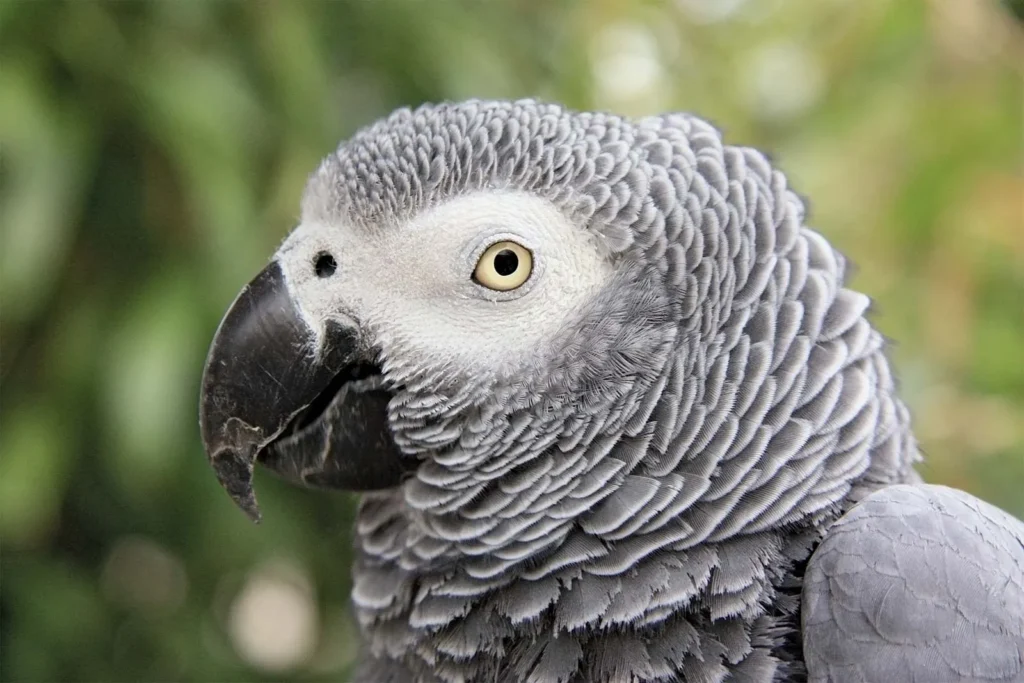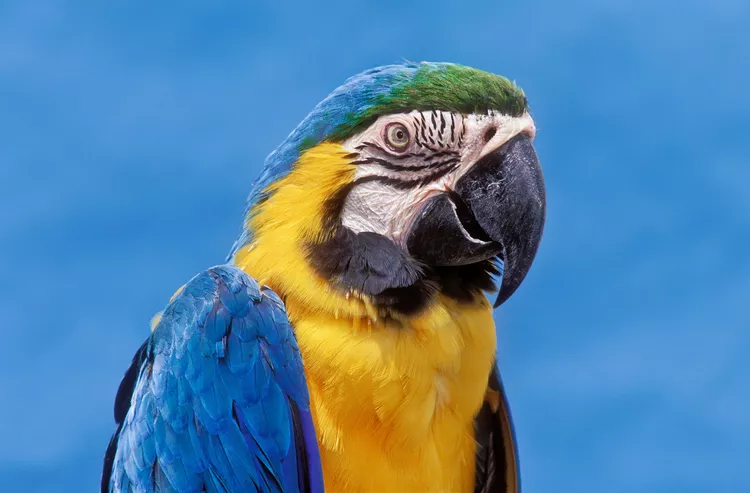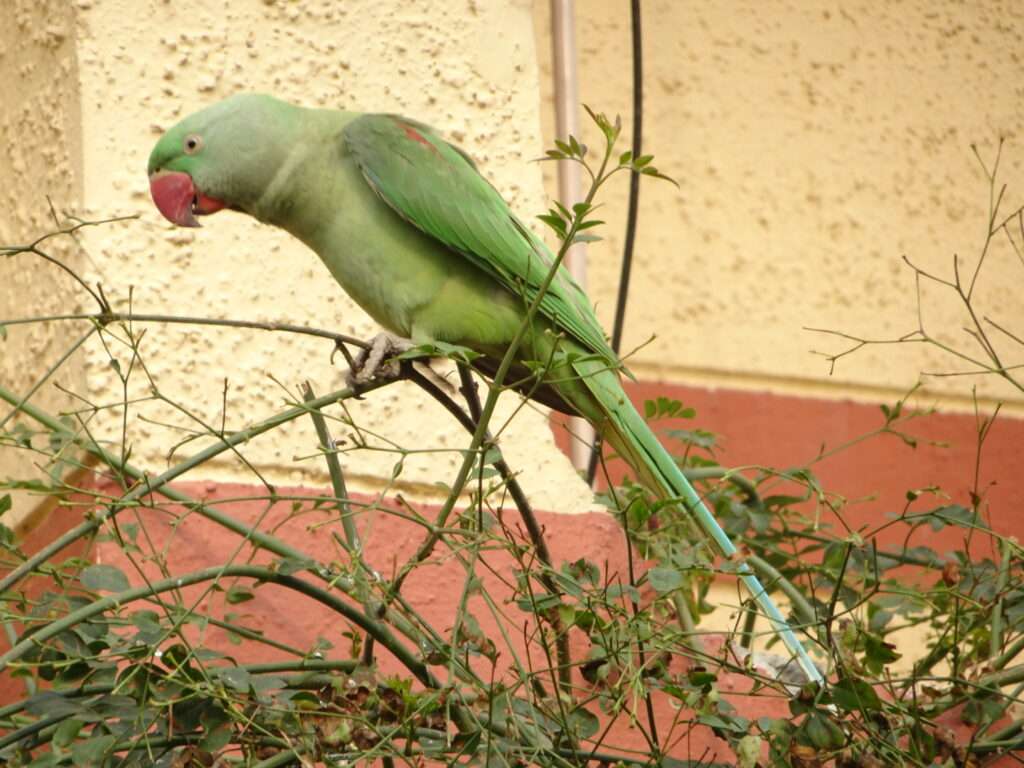
Description
Life span: 20-30 years
The red-shouldered macaw, which measures 30 cm (12 in) and weighs 165 g, is the smallest of the macaws. Like all macaws, it has a huge head and a long, slender tail. Its body is covered in bright green feathers, and just above the beak on the head are feathers that are either dark or slate blue. Bright green on top and olive green on bottom describe the feathers on the wings and tail. Red can be seen along the leading edges of the wings, especially on the underside. (During puberty, these red feathers develop) Like in larger macaws, they have orange eyes and white skin without feathers around their eyes.
Habitat/Native Region
It is indigenous to the tropical lowlands, savannah, and swamplands of Brazil, the Guianas, Bolivia, Venezuela, and far-eastern Peru.
As Pet

Behavior
They are beloved pets because they are adorable and intelligent. Though they are small, they have the personality of a larger parrot, so keep that in mind. Spend a lot of pleasurable time taking in their enthusiastic activities.
They are perfect for anyone with children or bird enthusiasts who live in limited places due to their little size. However, due to their propensity for making loud noises when they feel like it, these birds are not appropriate for apartment living. The macaw is often a relatively docile bird. A juvenile bird may nip after adoption, but they often grow out of it. As they get older, they will also become calmer. When socialized, they can be cute tiny birds that get along well.
Care
The social, nutritional, and physical needs of macaws are the same as those of people. If a red-shouldered macaw appeals to the owner, make sure the owner has the time to spend training and developing a relationship with the pet. It can become irate, violent, or depressed when it is neglected or bored. If you do not spend time with birds, prepare for bites, broken property, and irritation.
Birds that are left alone for an extended amount of time are more likely to self-harm or remove their own feathers, which can cause more significant health problems.
Table





